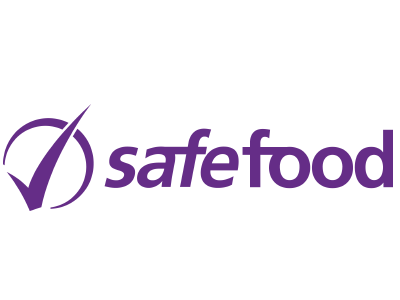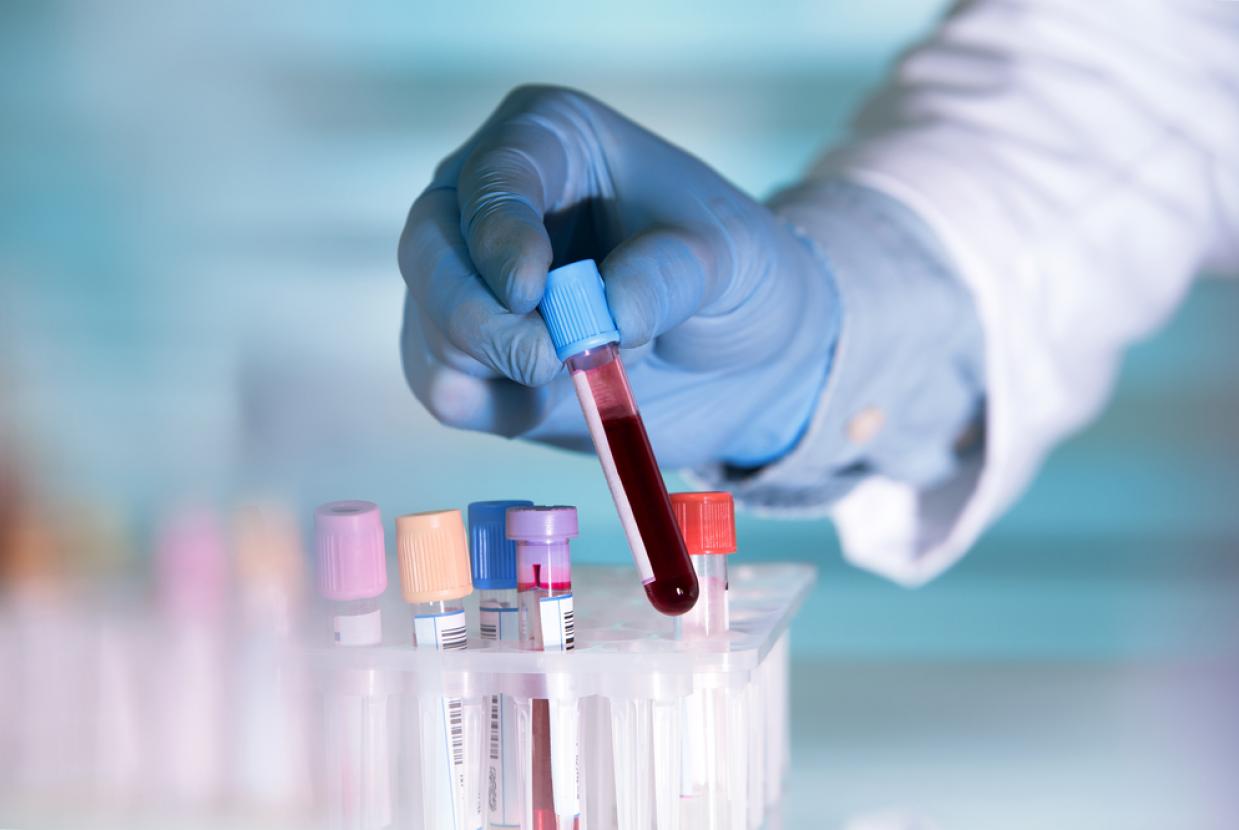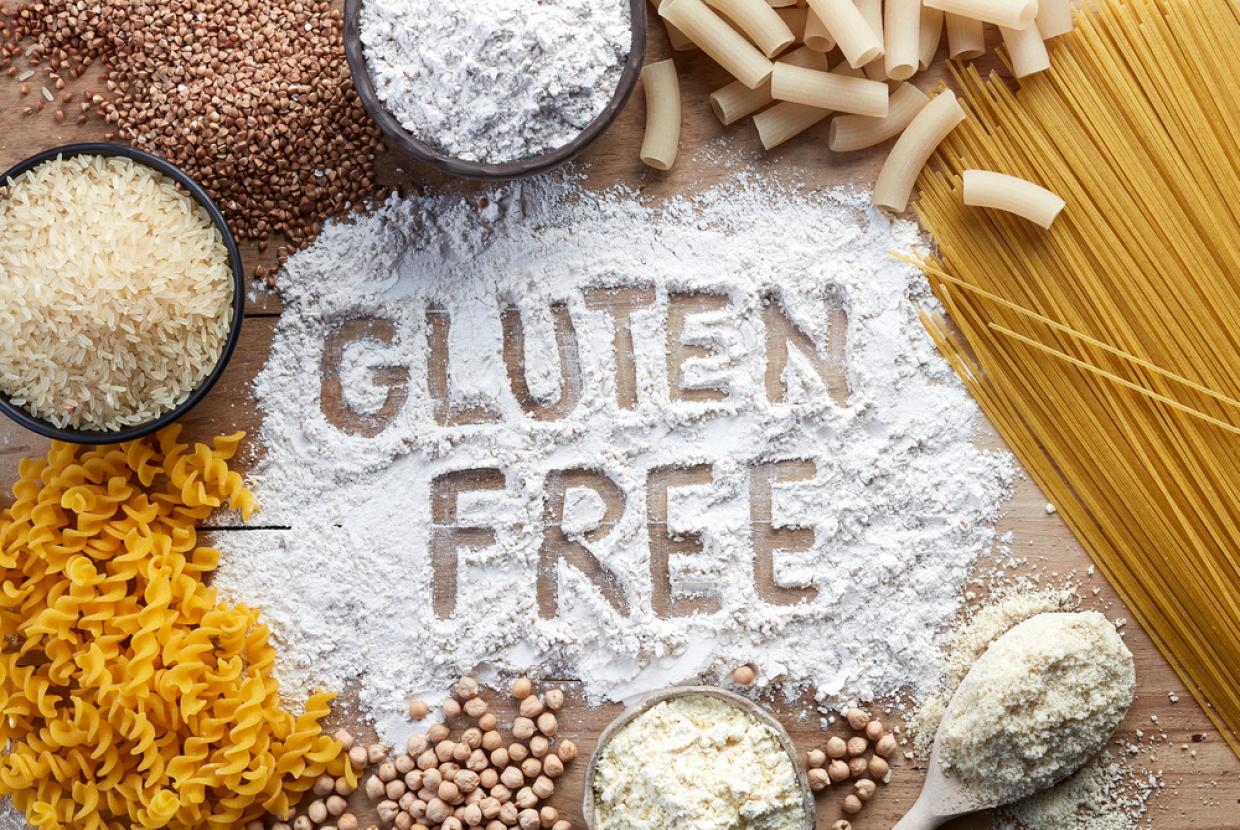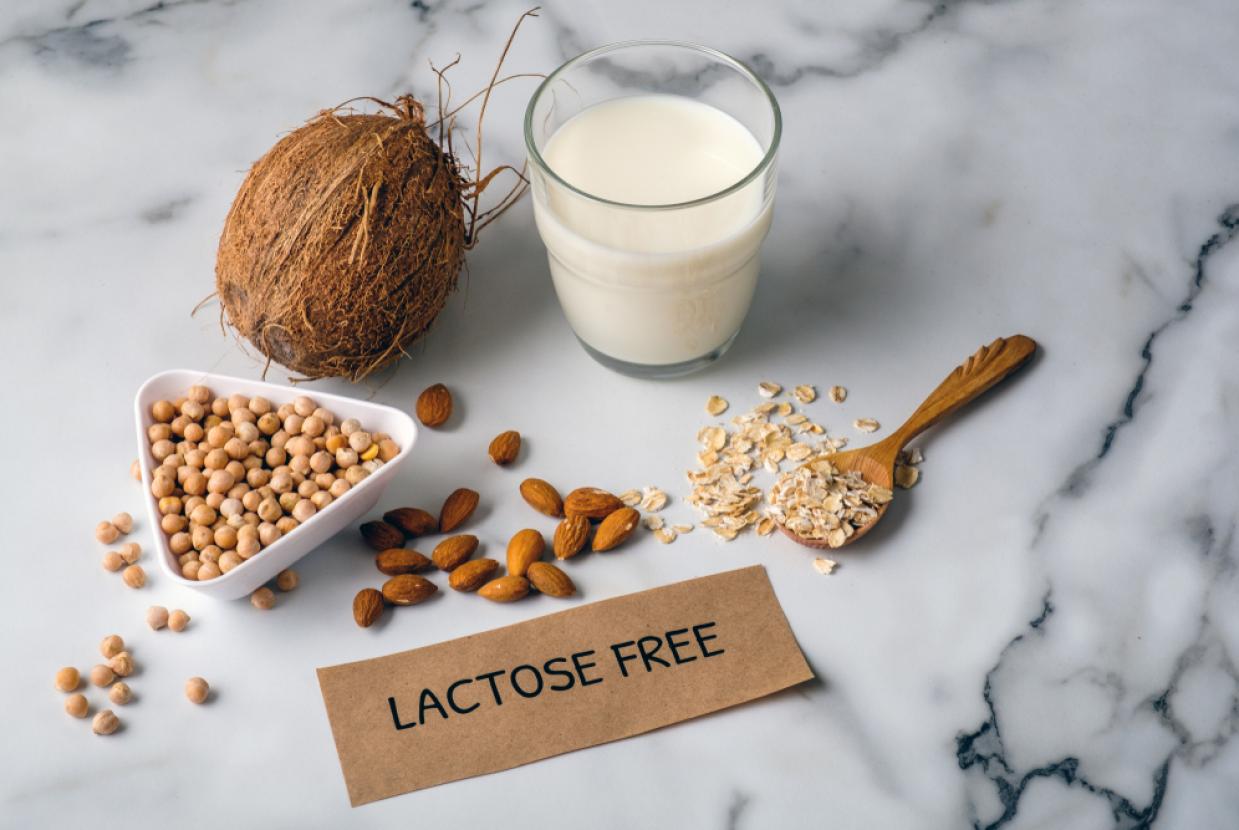Lactose Intolerance
People with a lactose intolerance don’t have enough of the enzyme lactase that helps digest milk.
What is lactose intolerance?
Lactose is a kind of sugar found in milk. Milk is digested with the help of an enzyme produced in the small intestine called ‘lactase’. In some people, there is a deficiency in this lactase enzyme, so they can’t digest milk and dairy products properly. They are said to be intolerant to lactose.
There are different causes of lactase enzyme deficiency in people. The most common cause is that you inherit it from your parents or it’s a knock-on effect of having other diseases such as coeliac disease or Crohn’s disease. It can also be caused by chemotherapy or antibiotic treatments.
How do I know if I am lactose intolerant?
The most common symptoms of lactose intolerance are an upset stomach, bloating, gas, diarrhoea and sometimes vomiting. These symptoms develop between half an hour to two hours after eating lactose. The severity of these symptoms depends on the amount of lactose (i.e., milk, dairy products) consumed. Some people with lactose intolerance can tolerate a small amount of dairy products, especially if eaten with other foods. Unfortunately, the only way to find this out is through trial and error.
Is lactose intolerance the same thing as a milk allergy?
The short answer is no. A milk allergy is when a person’s immune system overreacts to proteins in milk and does not involve lactose. Like other food allergies, the reaction happens soon after eating milk or dairy products and can be serious. The symptoms of an allergic reaction to milk are different to those of an intolerance to lactose. If you suspect you or your child may have a milk allergy, see you doctor immediately.
Some people are intolerant to milk protein and not lactose. This is called cow’s milk protein intolerance (CMPI) and it is more common in infants. The symptoms include an upset stomach, diarrhoea, constipation, but also a skin rash or even eczema. Many children eventually outgrow CMPI and can reintroduce milk and dairy into their diet as they get older.
Are all milks the same or are some safer than others for people with lactose intolerance?
All milks – including goat, sheep, camel – contain lactose. These milks differ from each other in other ingredients such as fats and proteins. Scientists are still researching if these differences affect their digestibility. Some say goat and other milks are alternatives to cow’s milk for people with lactose intolerance. However, this depends on the person, so it is (as always) best to get professional advice before changing your diet.
Can you get lactose-free milk and other dairy products?
Yes. Manufacturers can add the lactase enzyme to the milk to digest any lactose present before the milk is sold or processed into other dairy products. Lactose-free milk is no different to regular milk, but because any lactose has been broken down into glucose and galactose sugars, the milk may be slightly sweeter.
Another way of reducing the level of lactose in milk is through ultra-filtration, which removes the lactose and much of the remaining sugars and tends to concentrate the remaining milk protein.
What about milk alternatives such as almond milk or soy milk?
Alternative ‘milks’ are non-dairy so are lactose-free, and include products made from almond, coconut, soy, rice, cashew and hemp. These plant-based products can’t be labelled as milk, butter, cheese or other dairy terms under EU and UK laws. So they now have names like soya ‘drink’ or are labelled with the name of the plant that the product comes from – almond, coconut, hemp, etc. They can still be advertised as milk alternatives.
How common is lactose intolerance?
The levels of lactase in the intestine are highest just after birth and decline after weaning. As a rule, people lose their ability to digest lactose as they grow up. Most adults of African, Asian and Native American descent are lactose intolerant. People of northern European descent, for the most part, retain this ability into adulthood. The difference across the world is striking, ranging from about 4% of adults in Ireland and Denmark showing symptoms of lactose intolerance to 100% of adults in Ghana, Yemen and South Korea. Some forms of lactose intolerance run in families.
How is lactose intolerance diagnosed?
There are several tests that can be done to diagnose lactose intolerance, and these should be carried out by a professional. Self-diagnosis is risky because the symptoms of lactose intolerance are common to other digestive disorders and illness.
Milk and dairy are a large part of our diet on the island of Ireland. Removing these may result in other deficits to your own or your child’s nutrition.
If I have lactose intolerance, how do I protect myself?
Avoid food containing lactose such as milk and dairy products. Some people can tolerate some lactose, while others need to avoid it altogether. Unfortunately, you’ll probably have to just figure this out the hard way and eventually you’ll know just how much lactose you can safely take.
Always consult your doctor or a registered dietitian who can guide you on introducing alternative lactose-free foods. This may include switching to plant-based alternatives or using probiotics.















